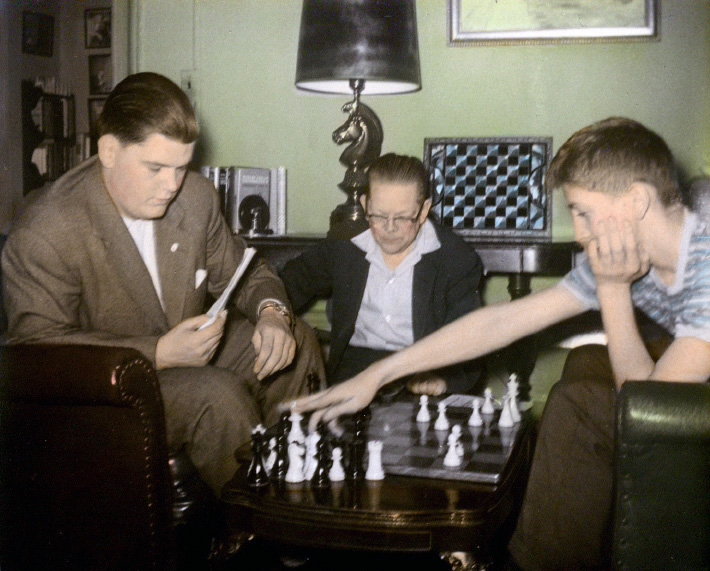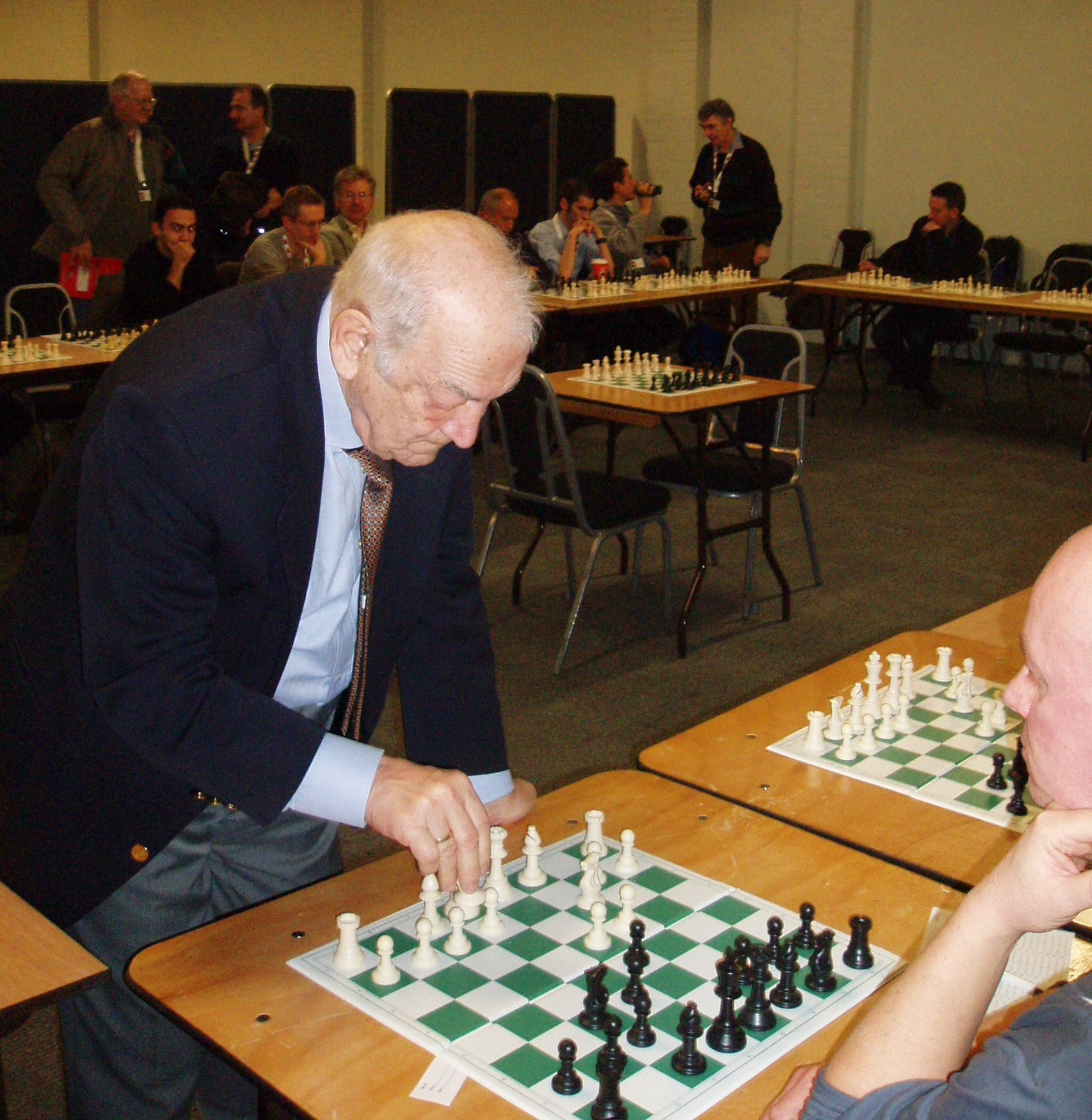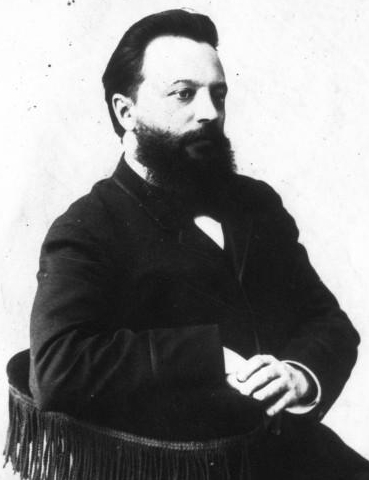|
Damiano Defense
The Damiano Defence is a chess opening beginning with the moves: # e4 e5 # Nf3 f6? The defence is one of the oldest chess openings, with games dating back to the 16th century. It is a weak opening that gives a large advantage for White after 3.Nxe5. Even if White does not go for this continuation, simple leads to an advantage since 2...f6 weakened Black's as well as took away the best square for the g8-knight. The '' ECO'' code for the Damiano Defence is C40 (King's Knight Opening). 3.d4 and 3.Bc4 Black's 2...f6 is a weak move that exposes Black's king, weakens Black's kingside and takes away his knight's best square. The moves 3.d4 and 3.Bc4 are strong replies; I.A. Horowitz wrote (substituting algebraic notation for his descriptive notation), "Simple and potent is 3.Bc4 d6 4.d4 Nc6 5.c3, after which Black chokes to death." 3.Nxe5! Most forceful, however, is the knight sacrifice 3.Nxe5 Taking the knight with 3...fxe5? exposes Black to a deadly attack after 4.Qh5+ Ke7 (4 ... [...More Info...] [...Related Items...] OR: [Wikipedia] [Google] [Baidu] |
Pedro Damiano
Pedro Damiano ( pt, Pedro Damião; ''Damiano'' is the Italian form, much like the Latin ''Damianus''; 1480–1544) was a Portuguese chess player. A native of Odemira, he was a pharmacist by profession. He wrote ''Questo libro e da imparare giocare a scachi et de li partiti,'' published in Rome, Italy, in 1512; it went through eight editions in the sixteenth century. Damiano describes the rules of the game, offers advice on strategy, presents a selection of chess problems (see diagrams), and provides analyses of a few openings. It is the oldest book that definitely states that the square on the right of the row closest to each player must be white. He also offers advice regarding blindfold chess, principally focused on the need to master notation based on numbering the squares 1–64 . In this book Damiano suggested chess was invented by Xerxes, which would be the reason why it was known in Portuguese as ''xadrez'' and in Spanish as ''ajedrez''. In fact, these words come from Sa ... [...More Info...] [...Related Items...] OR: [Wikipedia] [Google] [Baidu] |
Queen (chess)
The queen (♕, ♛) is the most powerful chess piece, piece in the game of chess. It can move any number of squares vertically, horizontally or , combining the powers of the Rook (chess), rook and Bishop (chess), bishop. Each player starts the game with one queen, placed in the middle of the first next to the King (chess), king. Because the queen is the strongest piece, a pawn (chess), pawn is promotion (chess), promoted to a queen in the vast majority of cases. The predecessor to the queen is the ''Ferz (chess), ferz'', a weak piece only able to move or capture one step diagonally, originating from the Persian game of shatranj. The modern queen gained its power and its modern move in Spain in the 15th century during Isabella of Castile, Isabella I's reign, perhaps inspired by her great political power. Placement and movement The white queen starts on d1, while the black queen starts on d8. With the chessboard oriented correctly, the white queen starts on a white square a ... [...More Info...] [...Related Items...] OR: [Wikipedia] [Google] [Baidu] |
Bobby Fischer
Robert James Fischer (March 9, 1943January 17, 2008) was an American chess grandmaster and the eleventh World Chess Champion. A chess prodigy, he won his first of a record eight US Championships at the age of 14. In 1964, he won with an 11–0 score, the only perfect score in the history of the tournament. Qualifying for the 1972 World Championship, Fischer swept matches with Mark Taimanov and Bent Larsen by 6–0 scores. After another qualifying match against Tigran Petrosian, Fischer won the title match against Boris Spassky of the USSR, in Reykjavík, Iceland. Publicized as a Cold War confrontation between the US and USSR, the match attracted more worldwide interest than any chess championship before or since. In 1975, Fischer refused to defend his title when an agreement could not be reached with FIDE, chess's international governing body, over the match conditions. Consequently, the Soviet challenger Anatoly Karpov was named World Champion by default. Fischer subseq ... [...More Info...] [...Related Items...] OR: [Wikipedia] [Google] [Baidu] |
Simultaneous Exhibition
A simultaneous exhibition or simultaneous display is a board game exhibition (commonly chess or Go) in which one player (typically of high rank, such as a grandmaster or dan-level player) plays multiple games at a time with a number of other players. Such an exhibition is often referred to simply as a "simul". Procedure In a regular simul, no chess clocks are used (if they are involved it is called a ''clock simul''). The boards are usually arranged in a large circle or square and the exhibitor walks from board to board in a fixed order. Each individual participant is expected to make a move when the exhibitor arrives at their board. The exhibitor may pause briefly before playing their move, but will typically attempt to avoid lengthy pauses because too many such pauses will cause the exhibition to continue for an extended period. Longer exhibitions increase the risk of fatigue-induced blunders on the part of the exhibitor, especially since the individual participants remainin ... [...More Info...] [...Related Items...] OR: [Wikipedia] [Google] [Baidu] |
Draw (chess)
In chess, there are a number of ways that a game can end in a draw, neither player winning. Draws are codified by various rules of chess including stalemate (when the player to move is not in check but has no legal move), threefold repetition (when the same position occurs three times with the same player to move), and the fifty-move rule (when the last fifty successive moves made by both players contain no or pawn move). Under the standard FIDE rules, a draw also occurs in a dead position (when no sequence of legal moves can lead to checkmate), most commonly when neither player has sufficient to checkmate the opponent. Unless specific tournament rules forbid it, players may agree to a draw at any time. Ethical considerations may make a draw uncustomary in situations where at least one player has a reasonable chance of winning. For example, a draw could be called after a move or two, but this would likely be thought unsporting. In the 19th century, some tournaments, notably ... [...More Info...] [...Related Items...] OR: [Wikipedia] [Google] [Baidu] |
George Walker (chess Player)
George Walker (13 March 1803 – 23 April 1879) was an English chess player and author of ''The Celebrated Analysis of A D Philidor'' (London, 1832), ''The Art of Chess-Play: A New Treatise on the Game of Chess'' (London, 1832), ''A Selection of Games at Chess played by Philidor'' (London, 1835), ''Chess Made Easy'' (London, 1836), and ''Chess Studies'' (London, 1844). His father was a publisher and novelist. In 1839, Walker visited Paris and the Café de la Régence, where he lost (+1-2) a short match to Boncourtbr> In 1845, he teamed up with Henry Thomas Buckle, William Davies Evans, George Perigal, and William Josiah Tuckett in London in two telegraph games (one win and one draw) against a team of Howard Staunton and Hugh Alexander Kennedy in Portsmouth. He won a match against Daniel Harrwitz (7-5) at London 1846. Walker used his column in ''Bell's Life in London'' to propagate organizing the international London 1851 chess tournament, the first international chess tourname ... [...More Info...] [...Related Items...] OR: [Wikipedia] [Google] [Baidu] |
Ruy López De Segura
Rodrigo "Ruy" López de Segura (c. 1530 – c. 1580) was a Spanish chess player, author, and Catholic priest whose 1561 treatise '' Libro de la invención liberal y Arte del juego del Axedrez'' was one of the first books about modern chess in Europe. He made great contributions to chess opening theory, including in the King's Gambit and the Ruy López (or Spanish) opening that bears his name. López was also the strongest player in Spain for about 20 years. Life López was a native of Segura de León, a town in Extremadura, Spain. In 1559, while living in Zafra, López was called to Rome by Pope Pius IV on ecclesiastical business. During his stay in Rome, López played chess with the locals. He apparently acquitted himself well, although the only account of these games is given in a single sentence by López himself. One of those players was ''Il Puttino'', an epithet for a young Leonardo di Bona. López also learned the term ''gambit'' from the Italian players. In Italy ... [...More Info...] [...Related Items...] OR: [Wikipedia] [Google] [Baidu] |
Howard Staunton
Howard Staunton (April 1810 – 22 June 1874) was an English chess master who is generally regarded as the world's strongest player from 1843 to 1851, largely as a result of his 1843 victory over Pierre Charles Fournier de Saint-Amant. He promoted a chess set of clearly distinguishable pieces of standardised shape – the Staunton pattern promulgated by Nathaniel Cooke – that is still the style required for competitions. He was the principal organiser of the first international chess tournament in 1851, which made England the world's leading chess centre and caused Adolf Anderssen to be recognised as the world's strongest player. From 1840 onwards he became a leading chess commentator, and won matches against top players of the 1840s. In 1847 he entered a parallel career as a Shakespearean scholar. Ill health and his two writing careers led him to give up competitive chess after 1851. In 1858 attempts were made to organise a match between Staunton and Paul Mor ... [...More Info...] [...Related Items...] OR: [Wikipedia] [Google] [Baidu] |
Saint Petersburg
Saint Petersburg ( rus, links=no, Санкт-Петербург, a=Ru-Sankt Peterburg Leningrad Petrograd Piter.ogg, r=Sankt-Peterburg, p=ˈsankt pʲɪtʲɪrˈburk), formerly known as Petrograd (1914–1924) and later Leningrad (1924–1991), is the second-largest city in Russia. It is situated on the Neva River, at the head of the Gulf of Finland on the Baltic Sea, with a population of roughly 5.4 million residents. Saint Petersburg is the fourth-most populous city in Europe after Istanbul, Moscow and London, the most populous city on the Baltic Sea, and the world's northernmost city of more than 1 million residents. As Russia's Imperial capital, and a historically strategic port, it is governed as a federal city. The city was founded by Tsar Peter the Great on 27 May 1703 on the site of a captured Swedish fortress, and was named after apostle Saint Peter. In Russia, Saint Petersburg is historically and culturally associated with t ... [...More Info...] [...Related Items...] OR: [Wikipedia] [Google] [Baidu] |
Mikhail Chigorin
Mikhail Ivanovich Chigorin (also ''Tchigorin''; russian: Михаи́л Ива́нович Чиго́рин; – ) was a Russian chess player. He played two World Championship matches against Wilhelm Steinitz, losing both times. The last great player of the Romantic chess style, he also served as a major source of inspiration for the " Soviet chess school", which dominated the chess world in the middle and latter parts of the 20th century. Chess career Chigorin was born in Gatchina but moved to nearby Saint Petersburg some time later. His father worked in the Okhtensk gunpowder works. Chigorin's parents died young and Chigorin entered the Gatchinsk Orphans' Institute at the age of 10. He became serious about chess uncommonly late in life; his schoolteacher taught him the moves at the age of 16, but he did not take to the game until around 1874, having first finished his studies before commencing a career as a government officer. Once smitten with the game, he terminated his emp ... [...More Info...] [...Related Items...] OR: [Wikipedia] [Google] [Baidu] |
Emmanuel Schiffers
Emanuel (Emmanuel) Stepanovich Schiffers (russian: Эммануил Степанович Шифферс; – ) was a Russian chess player and chess writer. For many years he was the second leading Russian player after Mikhail Chigorin. Schiffers parents emigrated from Germany. He was born in Saint Petersburg and also died there. Schiffers held the title of Russian champion for 10 years before finally being defeated by his student, Mikhail Chigorin, in 1880. At their first meeting in 1873, Schiffers was able to offer Chigorin (also from St. Petersburg) knight odds. In 1878 they played on even terms, Schiffers losing the first of two matches 7–3, but winning the second 7½–6½, thus establishing himself as the second strongest player in Russia after Chigorin himself. They later played two more matches with Chigorin winning both. At Rostov on Don in 1896, he played a match against former world chess champion Wilhelm Steinitz, losing 6½–4½. Schiffers played eight major ... [...More Info...] [...Related Items...] OR: [Wikipedia] [Google] [Baidu] |
Modern Chess Openings
''Modern Chess Openings'' (usually called ) is a reference book on chess openings, first published in 1911 by the British players Richard Clewin Griffith (1872–1955) and John Herbert White (1880–1920). The fifteenth edition was published in 2008. Harry Golombek called it "the first scientific study of the openings in the twentieth century".Harry Golombek (editor-in-chief), ''Golombek's Encyclopedia of Chess'', Crown Publishers, 1977, p. 202. . History Although Bilguer's ''Handbuch des Schachspiels'' was more authoritative at the time ''MCO'' was first published, it was last published between 1912 and 1916, and was becoming outdated by the 1930s. ''MCO'' was popular with English-speaking players and has continued to be updated throughout the 20th century and into the 21st, with fifteen editions from 1911 through 2008. Early editions were small enough to fit in a pocket (the first edition was 190 pages), but later editions grew and the fifteenth and most recent version is 768 ... [...More Info...] [...Related Items...] OR: [Wikipedia] [Google] [Baidu] |






